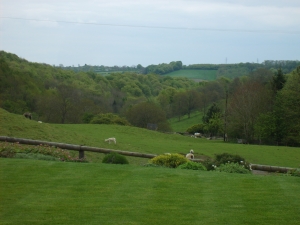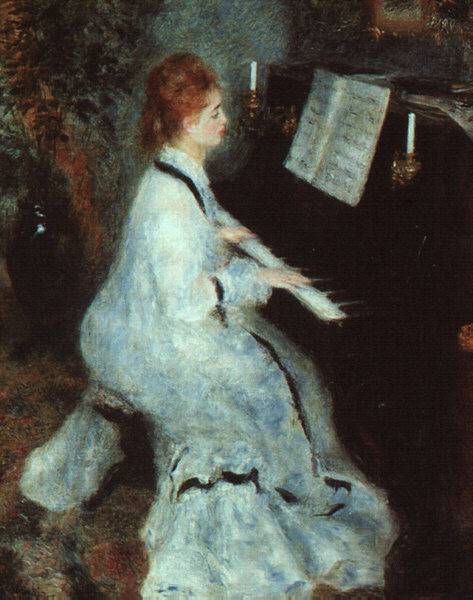As I prepared for my recent trip to England for a wedding, I became unsure how much to disclose on the internet. Most of the people who consistently read my blog already knew that I was going, but I had some (perhaps) irrational fear of stranger danger while I was gone. I suppose it’s possible that someone could figure out where I live and break in, not that there’s much beyond electronics to steal. Anyway, I’m home again, my house was fine, and I’m full of new stories to tell. I appreciate that you hung in there with me while I was on hiatus from blogging.
When I came back through U.S. customs, I struggled with one of the questions on the customs declaration card — something about having been up close and personal with any livestock or a farm. Although I didn’t ride any horses and didn’t actually touch any sheep, they were everywhere. Lambies here, lambies there, everywhere a lambie. Even the wedding venue had sheep up close to the fence that separated Kingscote Barn from the actual working farm. From what I understand, the intent is to keep people from bringing in animal-borne disease, so I said I hadn’t been near any farm animals. It’s just another one of those nuances of the English language that people who write questionnaires don’t seem to understand. You have to be exact about what you are asking and why you are asking it, or you won’t get the response that you need. But my rant about precise language can be saved for another day. You’re here to find out about the lambs.
That’s another thing. Silence of the lambs. I didn’t notice any silence. The lambs baaa — ed all day and much of the night. I’ve never lived near where there are actual sheep and cows in close proximity and within hearing distance. For a time while growing up, we did have goats that bleated and a rooster that crowed, but they didn’t seem so omnipresent as these sheep were. Perhaps I’ve been away from the countryside too long and just don’t remember the sounds of rural Ohio.
The setting for the wedding in a restored 17th Century Cotswold barn was extraordinarily beautiful, despite the sounds of the sheep, and both the bride and groom looked stunning.
Even though this was one big pain in my patootie to go to this wedding in the Cotswolds while school was in session (think volcano erupting and union contracts limiting the amount of days I can be gone from school), it was worth every minute and every dollar. If you ever get a chance to attend a country wedding in England, JUST GO. You won’t regret it.

![4315_6[1]](http://gotmyreservations.files.wordpress.com/2010/05/4315_61.jpg?w=300)








